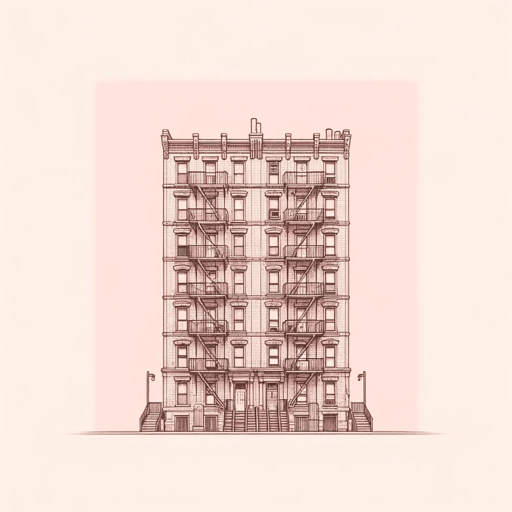47 pages • 1 hour read
Jacob RiisHow the Other Half Lives
Nonfiction | Book | Adult | Published in 1890A modern alternative to SparkNotes and CliffsNotes, SuperSummary offers high-quality Study Guides with detailed chapter summaries and analysis of major themes, characters, and more.
Chapters 15-16Chapter Summaries & Analyses
Chapters 15-16 Summary and Analysis: “The Problem of the Children” and “Waifs of the City’s Slums”
These two relatively brief chapters describe the plight of children in the tenements. To begin, their “very number makes one stand aghast” (179). In one Bayard Street tenement, Riis personally counted 128 children among 40 families before giving up the task. The boys of the tenements are “neither dull nor slow” but are nonetheless doomed to “low and ill-paid drudgery,” held down by trades unions that want no competition for their labor (181). It is no wonder that many become “rough” and “savage,” though Riis challenges readers to “take into a tenement block a handful of flowers” and then “watch the brightened faces” for proof that the tough and angry boys who live there are entirely the products of their surroundings (181-82). Many such boys can be found among the “flotsam and jetsam stranded at Police Headquarters,” their absences unnoticed by dazed, desperate parents or those with an alcohol addiction (183). Others—boys and girls—are simply abandoned. These children can expect little relief from the city government. It is to private organizations, such as the Children’s Aid Society or the Society for the Prevention of Cruelty to Children, that “the municipality leaves the entire care of its proletariat of tender years, lulling its conscience to sleep with liberal appropriations of money to foot the bills” (186).

